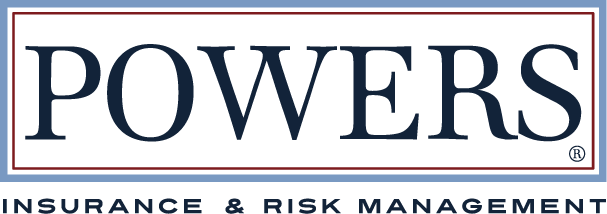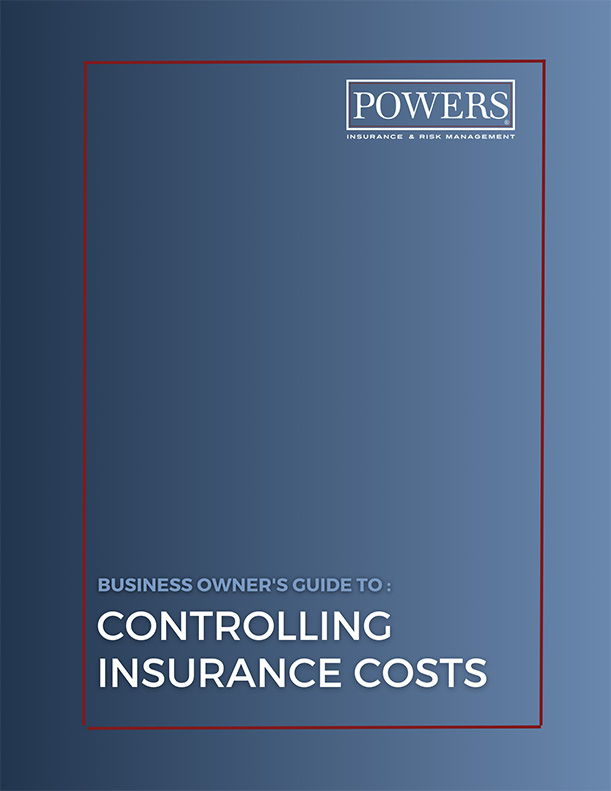Rising costs are the #1 concern for business owners in the U.S. When it comes to business insurance, 4 in 10 business owners aren’t sure they have enough coverage. Many are planning on adding new coverage in the next year.
Simply put: Business owners know insurance is essential to their success, but controlling costs is a major hurdle. Learn how to save money on business insurance.

Understanding insurance costs
Want to save money on business insurance? It starts with understanding it. Here are the fundamentals you need to know as a business owner.
Factors that influence your premiums
There are many factors that impact your business insurance premiums. Insurance carriers have developed models to predict how much insuring your company will cost them, and price your policies accordingly.
Here are the most common factors that influence your premiums:
- Industry risks. Higher-risk industries like construction have higher insurance costs than professional services.
- Claims history. Frequent or high-value claims will likely increase your premium.
- Business size. Larger businesses with more assets usually pay more, based on factors like revenue, payroll, and total business assets.
- Location and business property type. Being located in an area prone to natural disasters or high crime rates can impact your premium.
- Employee count and turnover rates. For some policy types, more employees mean an increased likelihood of claims
How your premiums are calculated
A lot goes into your premium calculation. It incorporates the business information above and a few other factors:
- Deductibles and coverage levels. These business insurance policy options will affect your premium. Choosing a higher deductible (the part of claim costs you agree to pay before your coverage kicks in) can lower your premium. Choosing a higher coverage level will increase your premium – you’re paying for more protection.
- Experience modification rate (e-mod). The e-mod is a factor used in determining workers’ compensation insurance premiums. It compares your claims history to the experience of similar businesses in your industry. If your experience is better than average, your e-mod will lower your premium and help you save money on business insurance. A worse-than-average claims experience will increase your premium.
- Loss control programs. Some insurance providers offer discounts or incentives for policyholders with robust loss control programs. Some examples are safety policies and training, regular risk assessments, and equipment maintenance protocols.
| Dig in: How Much Does Business Insurance Cost? Breaking Down Premium Calculations |
The underwriting process: 7 steps to expect
The insurance company will assign an underwriter to review the risk profile submitted by your insurance agency. This risk review helps the carrier determine the right premium for your coverage. In general, you can expect the following steps during the underwriting process:
- The insurance agency collects all the information discussed in a risk assessment and submits this information to the underwriter for review.
- The underwriter will analyze the information to evaluate the level of risk of insuring your business.
- The underwriter uses the carrier’s underwriting guidelines and their own expertise to determine the acceptability of your business risk.
- The underwriter calculates the premium and applies appropriate credits or debits based on the risk review.
- The underwriter defines the policy terms, including coverage limits, deductibles, exclusions, endorsements, and other provisions.
- If they approve your application, the carrier releases a quote to the insurance agent so they can present the offer to you.
- If you choose to bind coverage with the insurance company, they issue the policy and you receive the policy documents from either the company or the agent (or both).
Throughout this process, the underwriter might consult you or ask for more information to help you save money on business insurance. It’s important to be transparent and cooperative with your underwriter. If you provide incorrect or incomplete info, you may not be covered when you need it.
| Get the best rates by showcasing your unique risk profileInsurance carriers have a set of standardized underwriting guidelines – but it’s not all black and white. Underwriters are experts at what they do, and most processes have flexibility built in for the underwriter to incorporate any nuances with the account’s risk profile into the quote.As a business owner, this is your opportunity to put your best foot forward. By demonstrating what makes your business a unique risk, and how you’re mitigating risk, you can position yourself for the best possible consideration during underwriting.Let your agent be your champion and make the case for top-tier rates with your carrier. Learn how. |
3 strategies to save money on your business insurance
Wondering how to save money on business insurance? Your business insurance costs largely depend on the factors we’ve discussed – but there are strategies you can use to influence those factors and make sure you have the best insurance policies for your goals.
1. Proactively manage risk and prevent losses
Your claims history impacts your insurance costs. Thus, one of the best ways to control costs is by preventing claims with a proactive risk management program. Here are our top strategies.
- Comprehensive risk assessment. Conduct a thorough assessment to identify risks and vulnerabilities in your business model. Bring a variety of stakeholders into this process for a well-rounded assessment.
- Strategically prioritizing and mitigating risks. All risks are not created equal. Once you’ve identified risks, start by tackling the ones with the highest likelihood and potential impact. Implement measures to lower the chance of incidents and prepare to respond if they occur.
- Regular inspections and maintenance. Conduct regular inspections of your facilities and equipment to identify hazards. Perform routine maintenance on equipment to prevent incidents, breakdowns, and property damage.
- Risk transfer. After using mitigation strategies, transfer the remaining risk to your carrier with the right insurance policies, and to subcontractors with airtight contracts.
| Read next: The Ultimate Risk Mitigation Guide: 4 Foundational Steps for a Comprehensive Risk Management Plan |
2. Create a workplace safety program
Safety incidents lead to costly claims. They involve not only medical expenses, but often lost income for the injured worker and property damage too.
Creating a safety program and preventing these incidents can reduce your insurance costs and help you save money on business insurance. Here’s how:
- Build a safety culture. Encourage employees to put safety first in everything they do. A safety-conscious workforce can reduce your claims and, over time, your premium. It also shows your insurer that you are a responsible risk and may contribute to more favorable rates.
- Document your policies and procedures. Solid documentation helps ensure your safety policies are consistent across your business. Employees should have easy access to incident reporting, hazard identification, and emergency response procedures. Documenting your policies and training logs may contribute to more favorable rates.
- Regularly train employees. Safety training isn’t a one-time event. Regular training reinforces your safety culture and prevents incidents. Educate your employees about potential hazards, your safe operating procedures, and PPE policies.
| Read next: The Ultimate Workplace Safety Guide for Business Owners |
3. Partner with an independent agent
Are you working with an independent agent? Captive agents work with one carrier – that means no shopping around and no negotiating power. An independent agent is not tied to any single carrier and can help you get several quotes to find your best options.
Remember, the best policy a few years ago might not be the best fit today. Both your business and the insurance landscape can change through the years.
For this reason, your agent should help you regularly assess the types of business insurance you carry, and “shop” those policies every few years to make sure you’re still getting the best value.
How can you control your insurance costs without sacrificing the coverage you need to protect your business?
At POWERS Insurance, we help clients answer that question every day. First, we’ll dive into the factors that impact your annual premiums. Then, we’ll talk about strategies to influence those factors and reduce your premiums over time.
Insurance savings FAQs
How much does business insurance cost?
Because business insurance costs vary widely, a discussion of average costs will only get you so far when determining what you might pay.
Every business does not need every type of policy. Some types of insurance, like employment practices and cyber liability, are more common for larger companies – making the average cost across companies higher.
Your agent can give you a realistic projection of your costs when they present policy recommendations to you.
What are the key components of a workplace safety program?
There are five key steps to creating a successful workplace safety program:
- Establish your safety culture
- Identify and assess risks
- Implement safety policies, procedures, and training
- Investigate incidents
- Select and track your safety KPIs
To learn about these steps in detail, check out our Ultimate Workplace Safety Guide for Business Owners.
What are the benefits of partnering with an independent insurance agent?
An independent agent can give you quotes from many different carriers, while a captive agent works with only one carrier. This key difference means that an independent agent is truly on your side and can help you save money on business insurance.
Because independent agents are not tied to any single carrier, their goal is to recommend the policies and carriers they believe will give you the most value for your premium.
Save money and protect your business with integrated risk management
When it comes to your insurance costs, things aren’t out of your hands. With the right strategies and advisors, you can develop a plan to control your costs long-term.
At Powers, we have this conversation with our clients every day. We’ve developed a proprietary, systematic approach to helping manage risk to control costs and grow their businesses.
It’s not about finding the cheapest policy. It’s about understanding your business operations and tailoring risk strategies to your goals.
In other words, we’re in this partnership for the long haul.
Find out how our POWERS risk experts can help control your insurance costs with a free 30-minute consultation.





